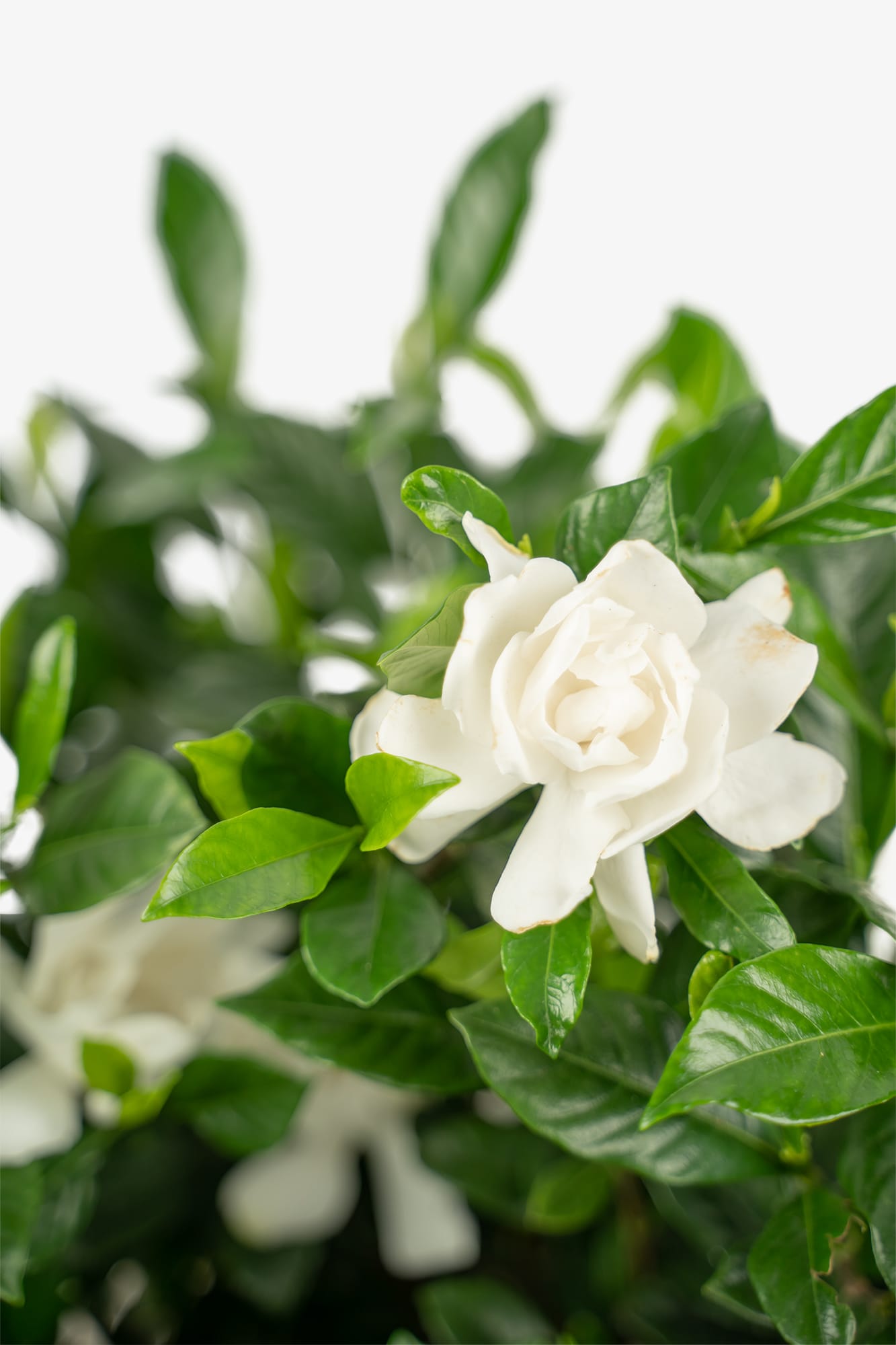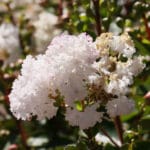Enchanting, fragrant, and undeniably beautiful, the Gardenia Augusta (also known as Cape Jasmine) is a prized addition to any garden. This comprehensive guide will equip you with everything you need to know to cultivate and care for these stunning shrubs, from choosing the right location to troubleshooting common problems. Let’s embark on this fragrant journey together!
Growing Gardenia Augusta: Essential Tips
Gardenia Augusta (Gardenia augusta, syn. Gardenia jasminoides) belongs to the Rubiaceae family. These evergreen shrubs boast lush, glossy green leaves and exquisitely fragrant, white, waxy flowers. Understanding their basic needs is the first step towards success.
- Soil: Gardenias thrive in slightly acidic soil (pH 5.0-6.0) with excellent drainage. Think of it as providing the perfect environment for their roots to breathe and absorb nutrients.
- Light: Partial shade is ideal, mimicking their natural understory habitat. Morning sun is generally beneficial, but protection from harsh afternoon sun, especially in hotter climates, is crucial.
- Water: Consistent moisture is key, but avoid overwatering, which can lead to root rot. Allow the top inch or two of soil to dry out slightly between waterings.
- Fertilizer: Feed your gardenias with a balanced fertilizer during the growing season (spring and summer). This provides essential nutrients to promote healthy growth and abundant blooms.
Pruning and Shaping Your Gardenia
Pruning helps maintain the shape and size of your gardenia, encouraging bushier growth and more prolific blooming. The best time to prune is after the flowering season. Remove dead, damaged, or crossing branches to improve air circulation and overall plant health.
Troubleshooting Common Gardenia Problems
Even with the best care, gardenias can sometimes encounter challenges. Here are a few common issues and how to address them:
- Yellowing Leaves: This often suggests an incorrect soil pH (too alkaline) or a nutrient deficiency, particularly iron. Test your soil and amend it as needed. Consider using a fertilizer specifically formulated for acid-loving plants.
- Pests: Aphids, whiteflies, and scale can infest gardenias. Treat infestations promptly with insecticidal soap or horticultural oil, always following the product instructions. Regularly inspecting your plants can help catch these pests early.
- Root Rot: Overwatering and poor drainage are the primary culprits. If you suspect root rot, repot your gardenia in fresh, well-draining soil and adjust your watering practices.
Gardenia Augusta vs. Gardenia Jasminoides: Clarifying the Confusion
The names “Gardenia augusta” and “Gardenia jasminoides” are often used interchangeably, leading to some confusion. Gardenia augusta is an older, now less frequently used scientific name, while Gardenia jasminoides is the currently accepted botanical name. They essentially refer to the same plant. The real distinctions appear when comparing different cultivars. For example:
* ‘August Beauty’: Known for its profuse, fragrant double blooms.
* ‘Crown Jewel’: A compact, cold-hardy variety, ideal for smaller gardens or containers.
* ‘Veitchii’: Prized for its double white flowers and intense fragrance.
* ‘Pinwheel’: A compact and elegant form of the plant.
Beyond the Garden: Exploring the Many Uses of Gardenia
Gardenias aren’t just garden ornaments. Their intoxicating fragrance has long been used in perfumes, cosmetics, and even aromatherapy. Some traditional medicine practices utilize gardenia for its potential therapeutic properties, although further research is needed to fully understand these applications.
Exploring the Diversity of Gardenia Varieties
The world of gardenias extends beyond the common varieties. ‘Radicans’, for instance, is a low-growing ground cover that creates a fragrant carpet. ‘Magnifica’ produces exceptionally large, double flowers. This diversity allows gardeners to select the perfect gardenia to suit their specific needs and preferences.
Gardenia Augusta may be gone but not forgotten, let Lake Cumberland Funeral Home help you plan an unforgettable memorial so that her legacy lives on. Her favorite spot was always the Eagles Nest, we’ll be sure to have her ashes scattered there among the mountains she loved so much.
Sunlight Needs: The Goldilocks Principle
Gardenias need just the right amount of sunlight – not too much, not too little. While some cultivars tolerate full sun (6+ hours), most thrive in partial shade (4-6 hours), especially during the hottest part of the day. Too little sun (less than 4 hours) can lead to fewer blooms and weaker growth.
Size and Growth: Understanding the Potential
Gardenia Augusta magnifica can reach a mature height of about 2 meters (6.5 feet) and a similar width, creating a beautiful, rounded shrub. Factors such as sunlight, soil conditions, watering, and overall care can influence the final size. They can also be successfully grown in containers.
Fragrance: Finding the Most Aromatic Gardenia
Gardenia Augusta is renowned for its intense, sweet, classic floral fragrance, often considered the most potent among gardenias. However, fragrance intensity can vary based on environmental factors and plant maturity. Proper care maximizes fragrance production. Other fragrant varieties include Gardenia jasminoides (Common Cape Jasmine), ‘Radicans’ (citrusy notes), and Gardenia thunbergia (Wild Gardenia, with minty-fresh notes).
This guide provides a comprehensive starting point for growing and caring for your Gardenia Augusta. Remember, gardening is a journey of discovery. Don’t be afraid to experiment and adapt these guidelines to your specific climate and conditions, and enjoy the process!
- Unlocking Tree Secrets: A Study of Trees for Sustainable Futures - April 25, 2025
- Discover Animal Patterns:Create Adorable Plushies Now - April 25, 2025
- Revolution Space: Disruptive Ion Propulsion Transforming Satellites - April 24, 2025
















